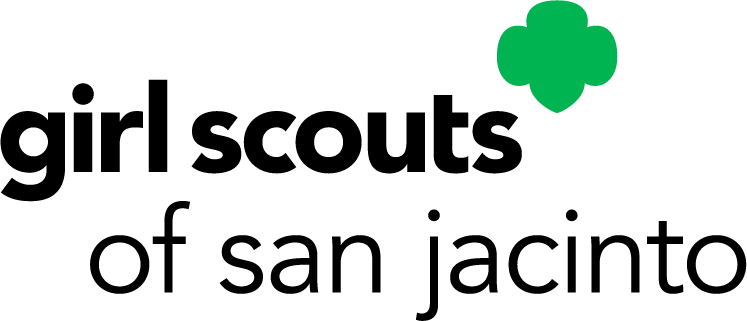News from our council
See how local Girl Scouts are changing the world. In our newsroom, you’ll find our latest media coverage, press releases, council announcements, and more.
Media Inquiry: Shivani Parmar

Enter search keywords
- View All
- Media Coverage
- Press Releases
- Statements
- Girl Scout Stories


